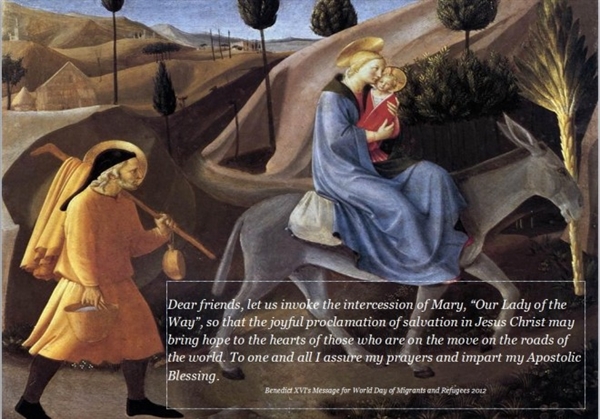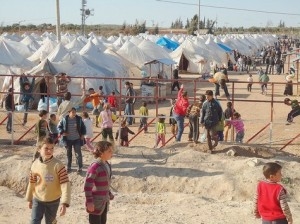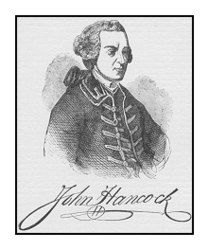World Day of Migrants and Refugees 2025 is on Sunday, January 19, 2025: How did the clergy, priests, rabbis, and ministers play a part in easing immigrant's transitions?
Sunday, January 19, 2025 is World Day of Migrants and Refugees 2025. Pope's message for World Day of Migrants and Refugees World Day of Migrants and

VATICAN CITY (CNS) -- Pope Benedict XVI urged governments and international organizations to give special attention to the rights of child immigrants, who often are victims of exploitation and abandonment.
Minors forced to immigrate for reasons of poverty, violence or hunger are the most vulnerable, he said.
The pope made the comments in his annual message for the World Day for Migrants and Refugees, which will be celebrated Jan. 17 in most countries. The papal text was released at the Vatican Nov. 27.
The pope said host countries must create policies that protect child immigrants and help them integrate into society. These children should enjoy basic rights such as going to school and being able to work legally, he added.
"I warmly hope that proper attention will be given to minor migrants who need a social environment that permits and fosters their physical, cultural, spiritual and moral development," he said.
Despite increased awareness of the need to help child immigrants, the pope said, "many are left to fend for themselves and, in various ways, face the risk of exploitation."
Pope Benedict referred to the United Nations Convention on the Rights of the Child, which recognizes children's "fundamental rights as equal to the rights of adults." But "unfortunately this does not always happen in practice," he said.
The pope's message was presented at a Vatican press conference by Archbishop Antonio Maria Veglio, president of the Pontifical Council for Migrants and Travelers; Archbishop Agostino Marchetto, secretary of the council; and Msgr. Novatus Rugambwa, undersecretary of the council.
Archbishop Veglio said children come to be migrants in different ways: the lucky ones are accompanied by their parents or a guardian. Others are sent alone, either to save them from a desperate situation in their home countries or to work to send money back to their families.
"This becomes a heavy psychological burden for a child who doesn't want to disappoint them," he said. The child is then "willing to suffer injustice, violence and mistreatment to obtain a worker's permit."

Serious Migrant Problem?
everyone is welcome to a point of view. Not everyone will agree

What is Canada's Policy toward refugees?
Canada has a proud tradition of welcoming immigrants. Our immigration system, refugee system and network of organizations to help newcomers settle and integrate are among the best in the world.
One of every six Canadian residents was born outside the country. Immigration has helped to make Canada a culturally rich, prosperous and progressive nation.
Currently Canada is known as a country with a broad immigration policy which is reflected in Canada's ethnic diversity. According to the 2001 census by Statistics Canada, Canada has 34 ethnic groups with at least one hundred thousand members each, of which 10 have over 1,000,000 people and numerous others represented in smaller amounts. 16.2% of the population belonged to visible minorities: most numerous among these are South Asian (4.0% of the population), Chinese (3.9%), Black (2.5%), and Filipino (1.1%). Outstripping visible minorities in proportion, however, were (non-British or French) invisible minorities, the largest of which were Irish (13.94%), German origin (10.18%) and Italian (4.63%), with 3.87% claiming Ukrainian origin 3.87% claiming Dutch origin and 3.15% claiming Polish origin ("North American Indian", a classification which may include in-migrants from indigenous peoples of the United States and Mexico but which for the most part are not considered immigrants, comprise 4.01% of the national population). Other invisible minority ethnic origins include Russian (1.60%), Norwegian (1.38%), Portuguese (1.32%) and Swedish (1.07%) [1]
In 2007, Canada received 236,760 immigrants. The top ten sending countries, by state of origin, were People's Republic of China (28,896), India (28,520), Philippines (19,718), Pakistan (9,808), United States (8,750), United Kingdom (7,324), Iran (7,195), South Korea (5,909), Colombia (5,382), and Sri Lanka (4,068).[2] The top ten source countries were followed closely by France (4,026), and Morocco (4,025), with Romania, Russia and Algeria. each contributing over 3,500 immigrants.
Since 1869, Canada’s immigration programs have helped build a community of citizens respected around the world.
Citizenship and Immigration Canada (CIC) was created in 1994 to:
•link immigration services with citizenship registration
•promote the unique ideals all Canadians share and
•help build a stronger Canada.
In 2008, the Multiculturalism Program was moved from Canadian Heritage to CIC.
The department:
•admits immigrants, foreign students, visitors and temporary workers who help Canada’s social and economic growth
•resettles, protects and provides a safe haven for refugees
•helps newcomers adapt to Canadian society and become Canadian citizens
•manages access to Canada to protect the security and health of Canadians and the integrity of Canadian laws and
•helps Canadians and newcomers to participate fully in the economic, political, social and cultural life of the country.
Every day, CIC employees work with people from diverse cultures. They strive to serve them fairly, efficiently and with integrity. Our applicants can expect impartial, unbiased and professional treatment, as well as clear and accountable decision making.










